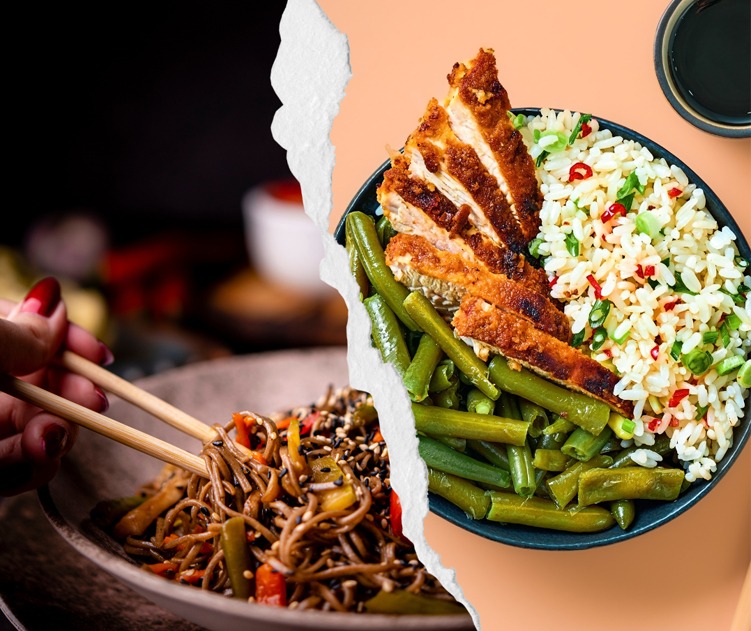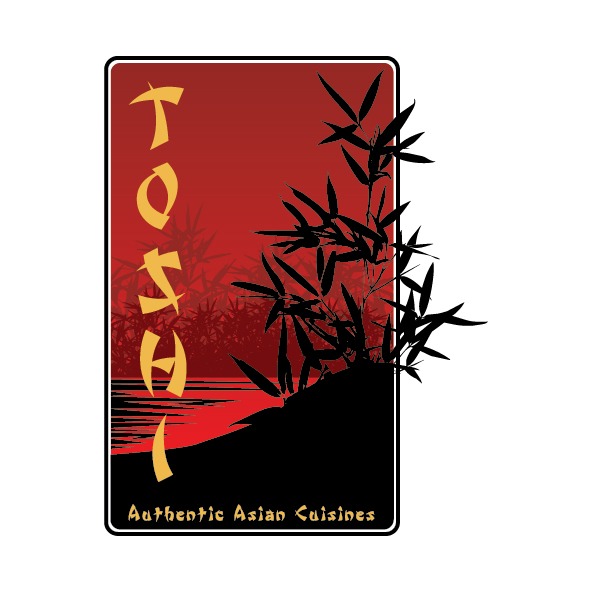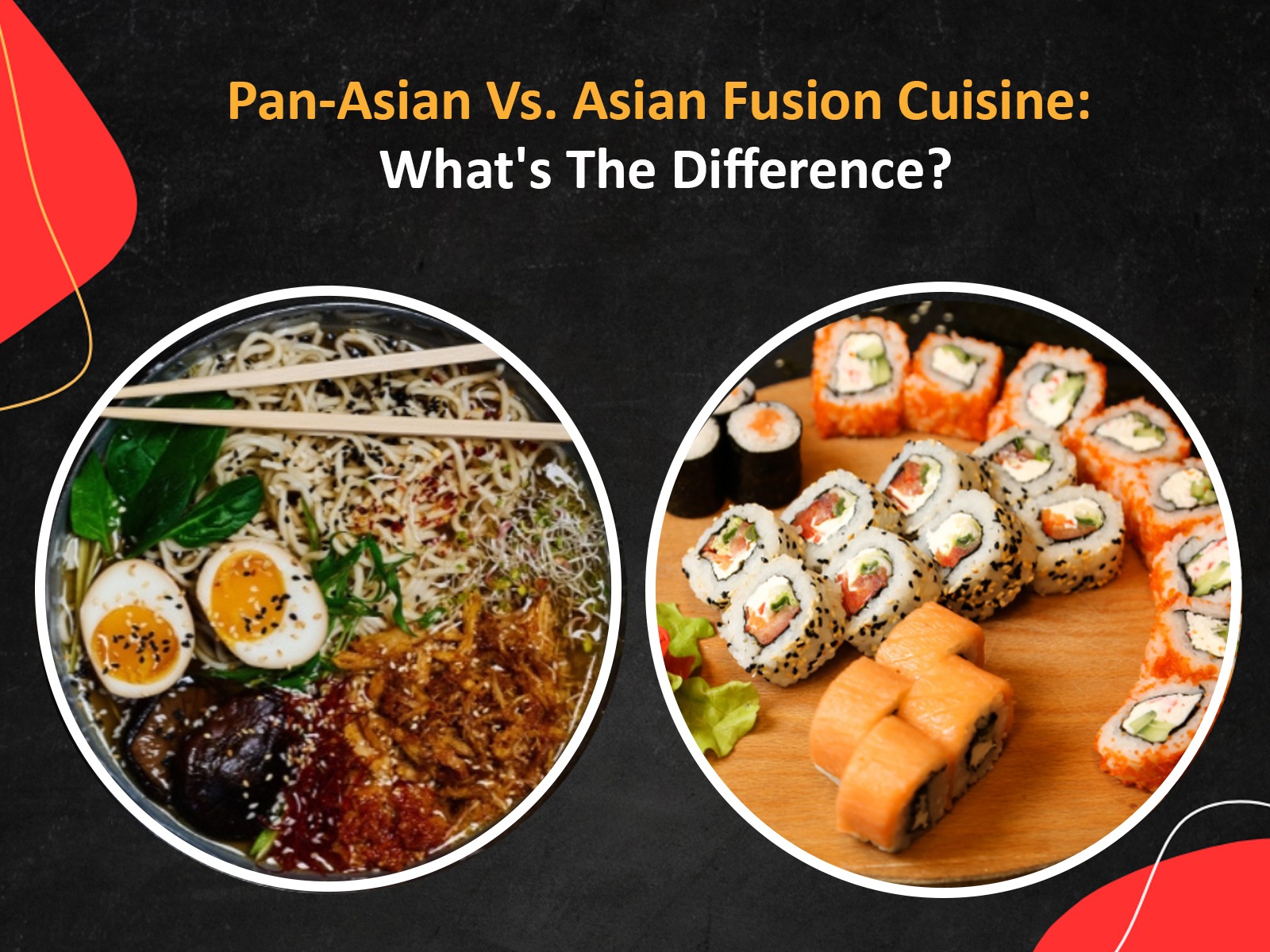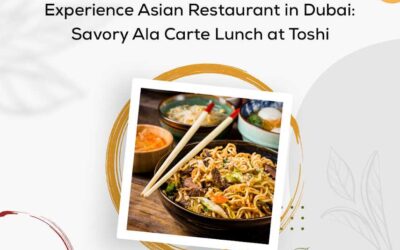Pan-Asian cuisine is often associated with dishes from countries such as China, Burma, Thailand, Indonesia, and others, while Asian Fusion cuisine combines different ingredients and techniques from diverse culinary traditions. Despite their similarities, these two cuisines have notable differences that require awareness to fully appreciate the culinary experiences they offer. Therefore, in this article, we will clarify the dissimilarities between Pan Asian and Asian Fusion cuisine.
When it comes to Asian cuisine, two terms that are often used interchangeably but actually refer to different things are “Asian fusion” and “Pan Asian” food. While both styles of cuisine draw inspiration from the diverse array of culinary traditions found throughout Asia, there are important distinctions between the two.
In this blog post, we’ll explore the differences between Asian fusion and Pan-Asian food, examining their origins, characteristics, and popular dishes.
Asian Fusion
Asian fusion cuisine emerged in the United States in the 1980s and 1990s as a way of blending traditional Asian ingredients and flavours with Western culinary techniques and ingredients. This hybrid style of cooking often combines elements from different Asian cuisines to create new and inventive dishes that reflect the diverse cultural landscape of Asia. Some common ingredients used in Asian fusion cooking include soy sauce, fish sauce, rice vinegar, ginger, garlic, and chilli peppers. These ingredients are often combined with Western ingredients such as cheese, cream, and butter to create unique flavour profiles.
Asian fusion cuisine is characterized by its creativity and experimentation, with chefs using a wide range of techniques to create new and unexpected flavour combinations. Popular dishes include sushi rolls filled with unexpected ingredients such as avocado or cream cheese, Korean-style tacos, and Chinese-inspired dumplings filled with unexpected ingredients like foie gras.
Fusion food is a blend of various culinary techniques and takes inspiration from multiple traditional dishes. It is not considered authentic as it incorporates a twist on traditional recipes. Fusion dishes can be created by adding ingredients from different cultures to modify existing recipes. One of the popular forms of fusion cuisine is Asian Fusion, where chefs can experiment with the diverse traditions and cultures of Asian countries. They can combine their creativity and come up with unique combinations such as the Sushiritto – a large sushi roll fused with a burrito.

Pan-Asian
Pan Asian
Pan Asian cuisine, on the other hand, is a broader term that refers to the diverse array of culinary traditions found throughout Asia. This includes the cuisines of China, Japan, Korea, Thailand, Vietnam, Malaysia, Indonesia, and more. While Asian fusion cuisine is defined by its hybridity, Pan Asian cuisine is characterized by its authenticity and adherence to traditional cooking techniques and ingredients. Rather than blending different cuisines together, Pan Asian chefs focus on showcasing the unique flavours and ingredients of their respective culinary traditions.
Common ingredients used in Pan Asian cooking vary widely by cuisine but often include rice, noodles, seafood, tofu, and a variety of vegetables and herbs. Traditional cooking techniques such as stir-frying, grilling, and steaming are used to bring out the best in these ingredients.
Popular Pan-Asian dishes include Japanese sushi, Chinese dim sum, Thai curries, Korean bibimbap, and Vietnamese pho. These dishes are often prepared and served in a traditional manner, with a focus on authenticity and respect for the culinary traditions from which they originate.
Health Benefits of Pan-Asian Cuisine!
Pan Asian cuisine has a notable advantage over fusion cuisine as it offers numerous health benefits. This is primarily due to the use of nourishing ingredients like fish, broccoli, and oysters that provide ample proteins, omega-3 fatty acids, and essential vitamins. The traditional Asian cooking technique of combining raw seafood and vegetables also helps retain the nutritional value of the ingredients, making it a healthier option. Additionally, Thai dishes commonly incorporate Basil leaves, which act as an antioxidant and anti-cancer agent.
On the other hand, Asian Fusion cuisine is perfect for individuals who enjoy experimenting with new food combinations and trying out novel dishes. While there are always innovative dishes to explore, if one desires both flavour and health benefits, Pan Asian cuisine is the ideal choice.
Conclusion
While both Asian fusion and Pan-Asian cuisine draw on the rich culinary traditions of Asia, they are distinct styles of cooking with different characteristics and origins. Asian fusion cuisine is defined by its hybridity and creative experimentation, while Pan Asian cuisine is characterized by its authenticity and focus on traditional ingredients and techniques.
Whether you’re a fan of Asian fusion or Pan-Asian cuisine, there’s no denying the incredible range of flavours and ingredients found throughout Asia. So next time you’re in the mood for some delicious Asian food, consider trying something new and exploring the diverse and fascinating world of Asian cuisine.




